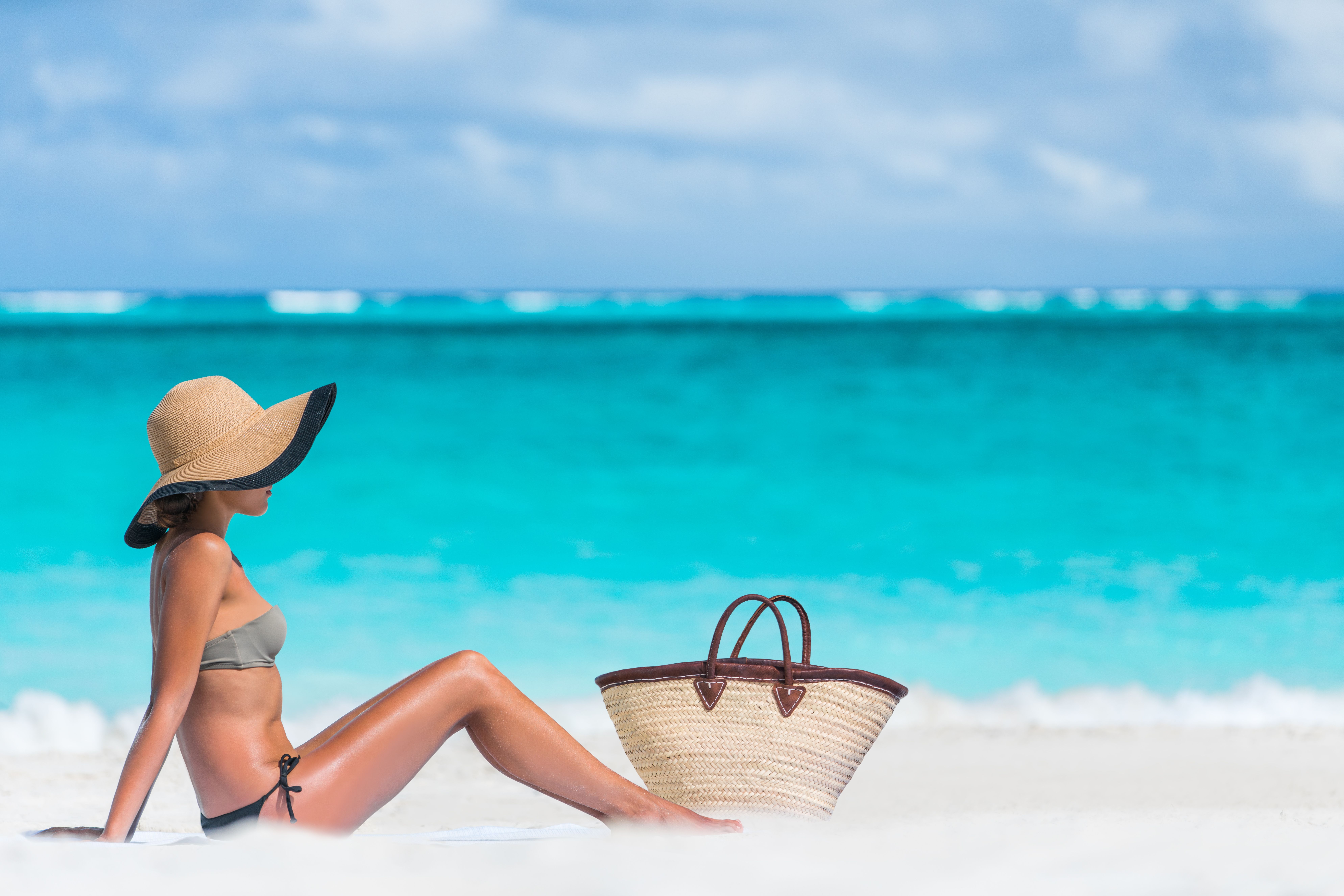- Acne
- Actinic Keratosis
- Aesthetics
- Alopecia
- Atopic Dermatitis
- Buy-and-Bill
- COVID-19
- Case-Based Roundtable
- Chronic Hand Eczema
- Chronic Spontaneous Urticaria
- Drug Watch
- Eczema
- General Dermatology
- Hidradenitis Suppurativa
- Melasma
- NP and PA
- Pediatric Dermatology
- Pigmentary Disorders
- Practice Management
- Precision Medicine and Biologics
- Prurigo Nodularis
- Psoriasis
- Psoriatic Arthritis
- Rare Disease
- Rosacea
- Skin Cancer
- Vitiligo
- Wound Care
News
Article
Skin Microbiota Changes With Sun Exposure
Author(s):
After a minimum 7-day vacation, participants with the highest ultraviolet radiation exposure experienced a decrease in Proteobacteria.
Investigators studied the effects of high sun exposure vacations on skin microbiota and epidermal melanin content and found a significant change in microbial beta diversity post-vacation compared to baseline.1 The change in skin microbiota could have long-range effects on skin health.
Maridav/AdobeStock

The 21 healthy Northern European volunteers had a median age of 33.2 years and went on vacation for at least 7 days. Willmott et al obtained skin swabs from participant’s extensor forearm at baseline and again at days 1, 28, and 84 post-vacation. A Chroma Meter was used to measure skin color on the buttock and extensor forearm at baseline and at day 1 post-vacation.
When measurements were taken after vacation, 8 volunteers were classified as sun-seekers based on a change to their Individual Typology Angle (ITA) classification, 7 participants were tan at baseline and remained in the tanned group, and 6 participants were classified as sun-avoiders due to having a light or intermediate ITA classification at baseline and post-vacation.
The most abundant phyla at baseline and post-vacation were Actinobacteria, Proteobacteria, and Firmicutes, constituting 94.1% of all sequences. At day 1 post-vacation, the sun-seekers and tanned groups had significantly less Proteobacteria than the sun-avoiders group (P < .05) but there was no significant change in Actinobacteria and Firmicutes. By day 28 post-vacation, there were no significant differences in any of the mayor phyla groups.
Willmott et al pointed out that “These data provide evidence that altered skin microbiome composition is associated with sun-seeking behaviour over a minimum seven-day period.” They also suggested that differences in sun exposure behavior are likely due to societal pressure and cultural beliefs. Authors also suggested that ultraviolet radiation (UVR) affects bacteria groups differently, with Gram-positive organisms having higher protection from damage than Gram-negative organisms.
Authors concluded that sun exposure leads to a decrease in skin microbiota diversity and that further study needs to be done to determine how the change affects skin health in the long term.
A strength of the study was that the objective measurement of epidermal melanin allowed direct characterization of microbial responses to UVR exposure. A limitation of the study was the small sample size.
Reference
- Willmott T, Campbell PM, Griffiths CEM, et al. Behaviour and sun exposure in holidaymakers alters skin microbiota composition and diversity. Front. Aging. 2023.4:1217635. doi:10.3389/fragi.2023.1217635
Newsletter
Like what you’re reading? Subscribe to Dermatology Times for weekly updates on therapies, innovations, and real-world practice tips.











